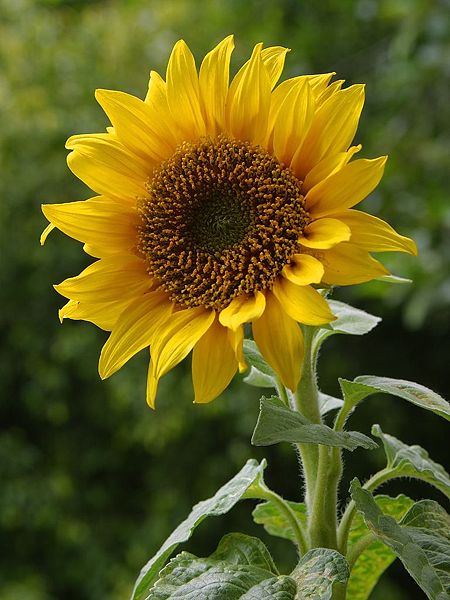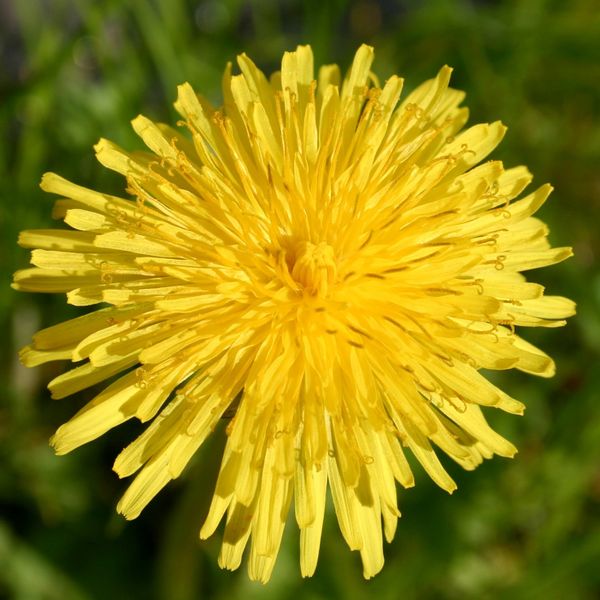AsteralesThe Asterales are an order of dicotyledonous flowering plants which include the composite family Asteraceae (sunflowers, daisies, thistles etc.) and its related families. The order is cosmopolitic, and includes mostly herbaceous species, although a small number of trees (Lobelia) and shrubs is also present. The Asterales can be characterized on the morphological and molecular level. Synapomorphies include the oligosaccharide inulin as the nutrients storage, and the stamens are usually aggregated densely around the style or even are fused into a tube around it. The last property is probably associated with the plunger (or secondary) pollination, which is common among the families of the order. The Asterales include about eleven families, the largest of which is Asteraceae with about 25,000 species, and Campanulaceae with about 2,000 species. The remaining families count together for less than 500 species. The two large families are cosmopolitic with center of mass in the northern hemisphere, and the smaller ones are usually confined to Australia and the adjacent areas, or sometimes South America. Under the Cronquist system, Asteraceae was the only family in the group, but newer systems (e. g. APG II) have expanded it. The Asterales order probably originated in the Cretaceous on the supercontinent Gondwana, in the area which is now Australia and Asia. Although most extant species are herbaceous, the examination of the basal families in the order suggests that the common ancestor of the order was an arborescent plant. Fossil evidence of the Asterales is rare and belongs to rather recent epochs, so the precise estimation of the order's age is quite difficult. An Oligocene pollen is known for Asteraceae and Goodeniaceae, and seeds from Oligocene and Miocene are known for Menyanthaceae and Campanulaceae respectively. (Bremer and Gustafsson, 1997) References
From Wikipedia, the free encyclopedia
|
|

